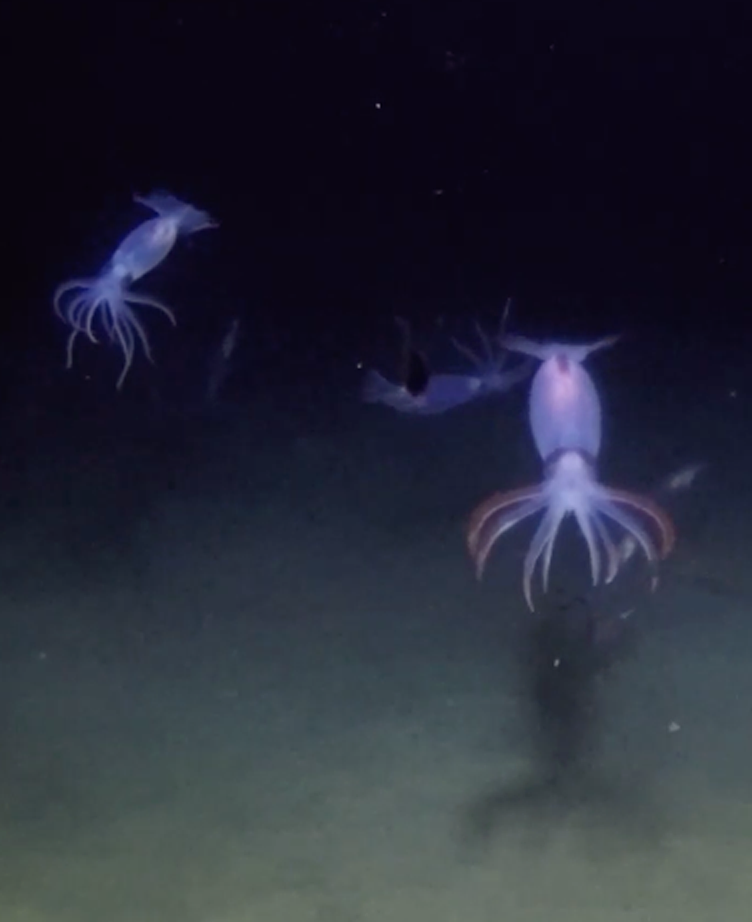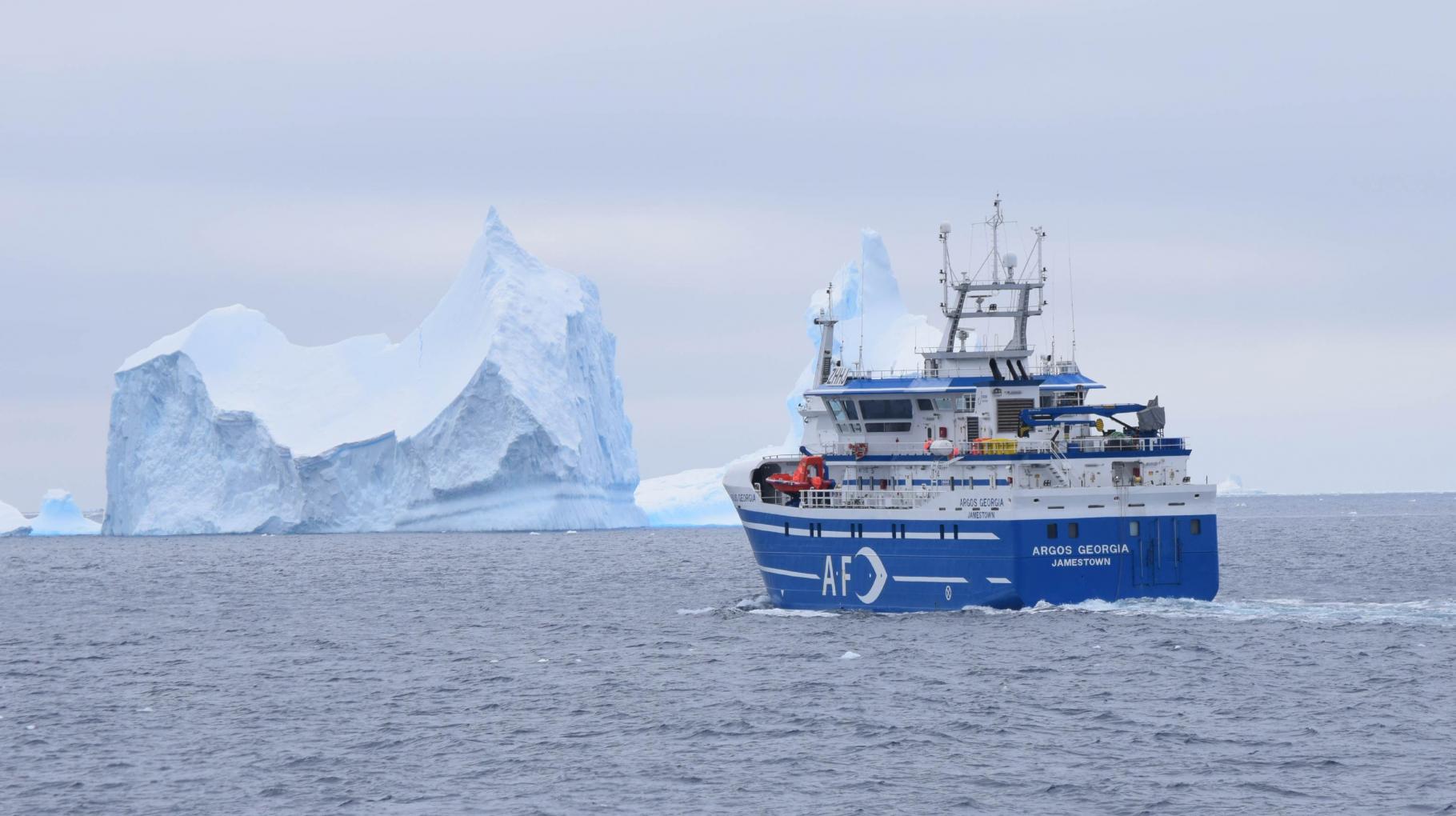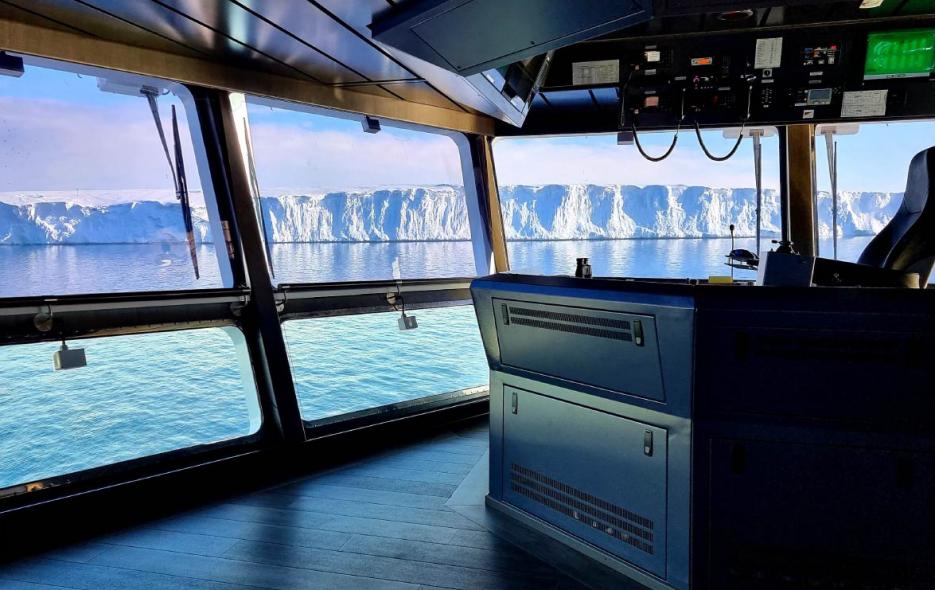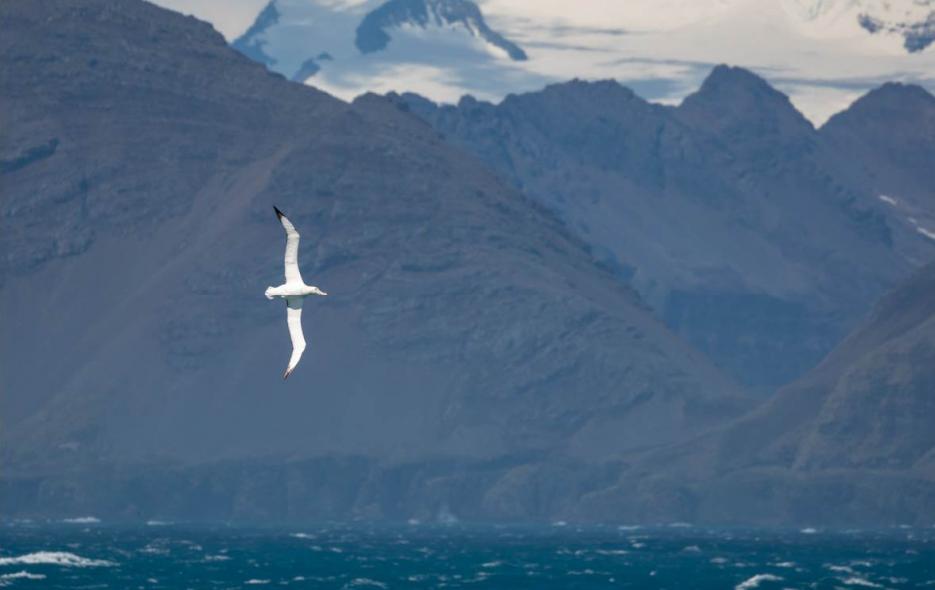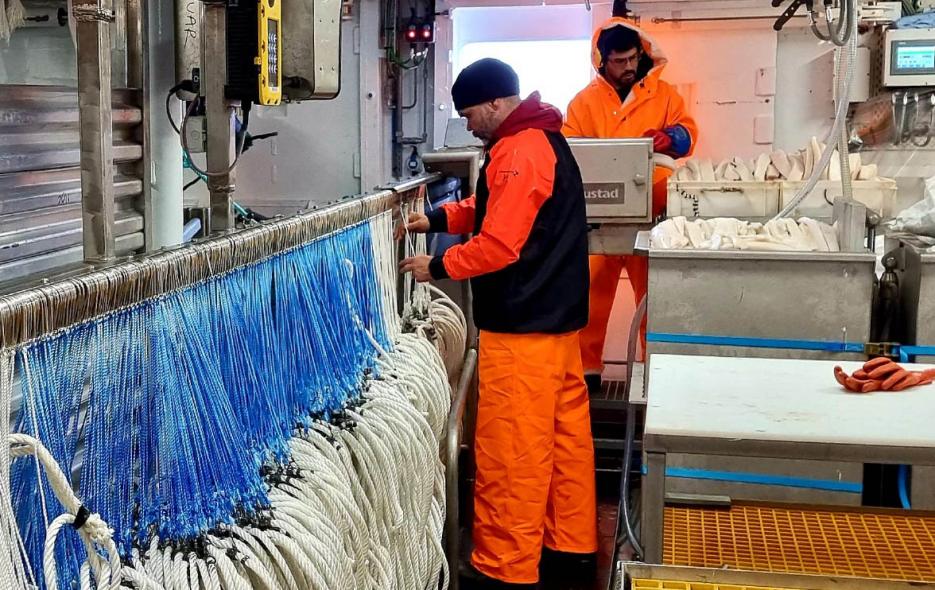Our monitoring systems use sensors and CCTV cameras to record every hook set and every hook hauled, while GPS receivers add time and location data. At night, we use an infra-red system, developed with bird experts to minimise bird interaction. And like all the data from our monitoring systems, we share the output with our industry and Government colleagues.
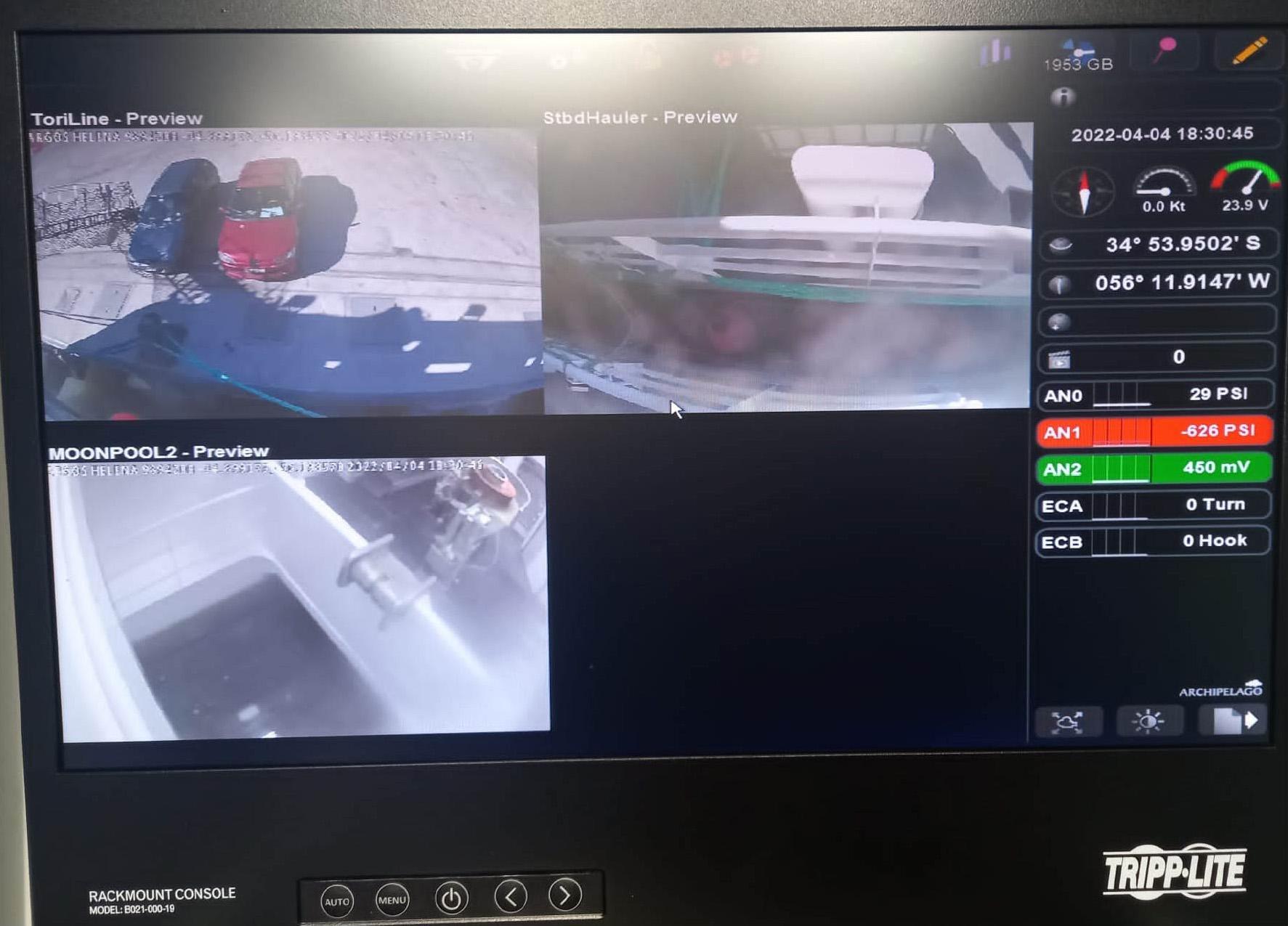
The hydrodynamic hulls of our vessels enable them to move through water very efficiently. Together with drivetrains that can reduce emissions by up to 30%, they make our vessels are far kinder to the environment. But we haven’t stopped there. We use the latest oceanography software to process wind, current and tide data, enabling us to reduce emissions further by cutting voyage length – from seven days down to six, in some cases.
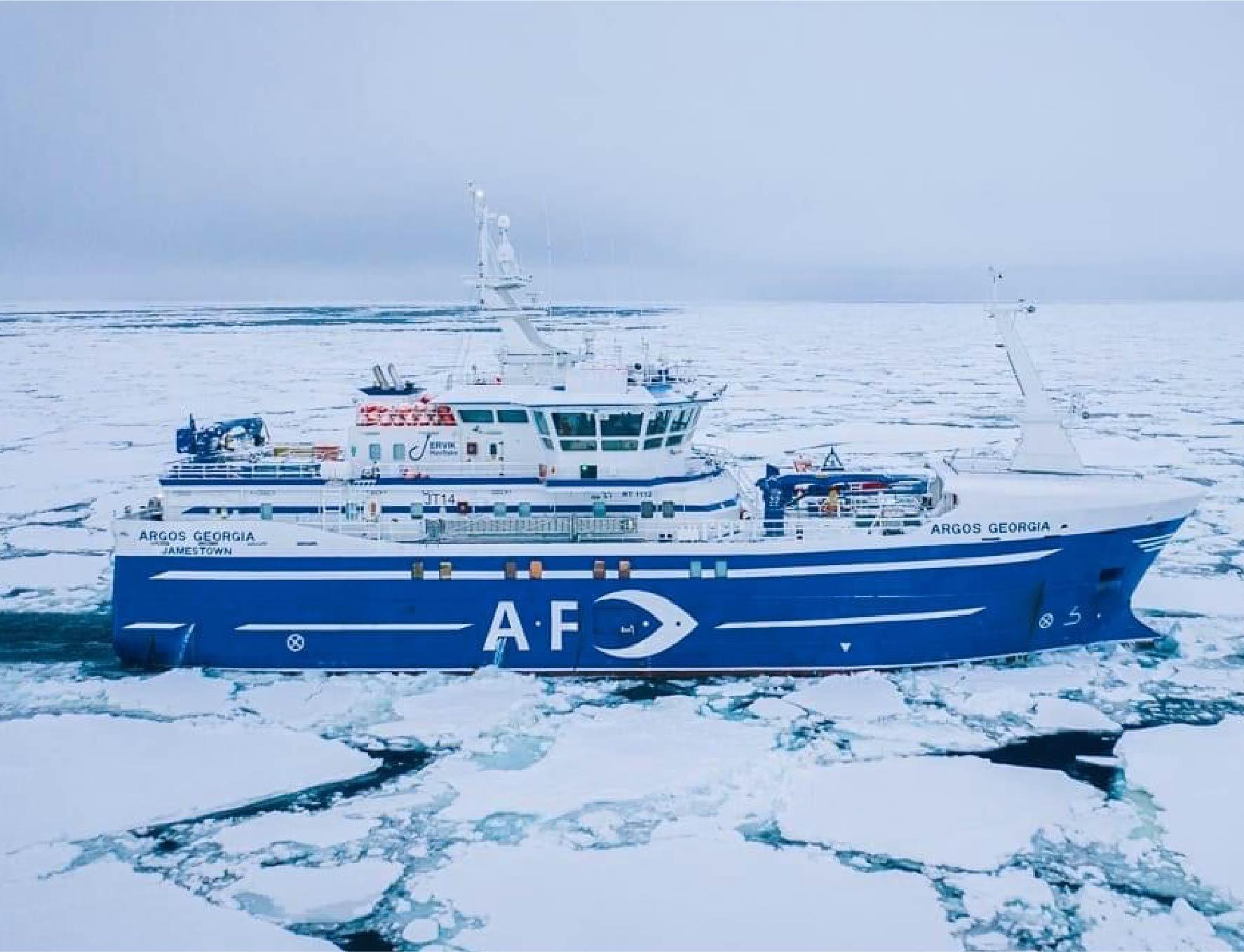
Every vessel has a dedicated incinerator that runs on waste fuel and oil, which generates lower emissions than a standard deck incinerator. An adjacent lift system means garbage can be incinerated without leaving the vessel. Ash is stored in specifically marked fire safe bins inside the incinerator room, eliminating any risk of garbage or ash being blown overboard.
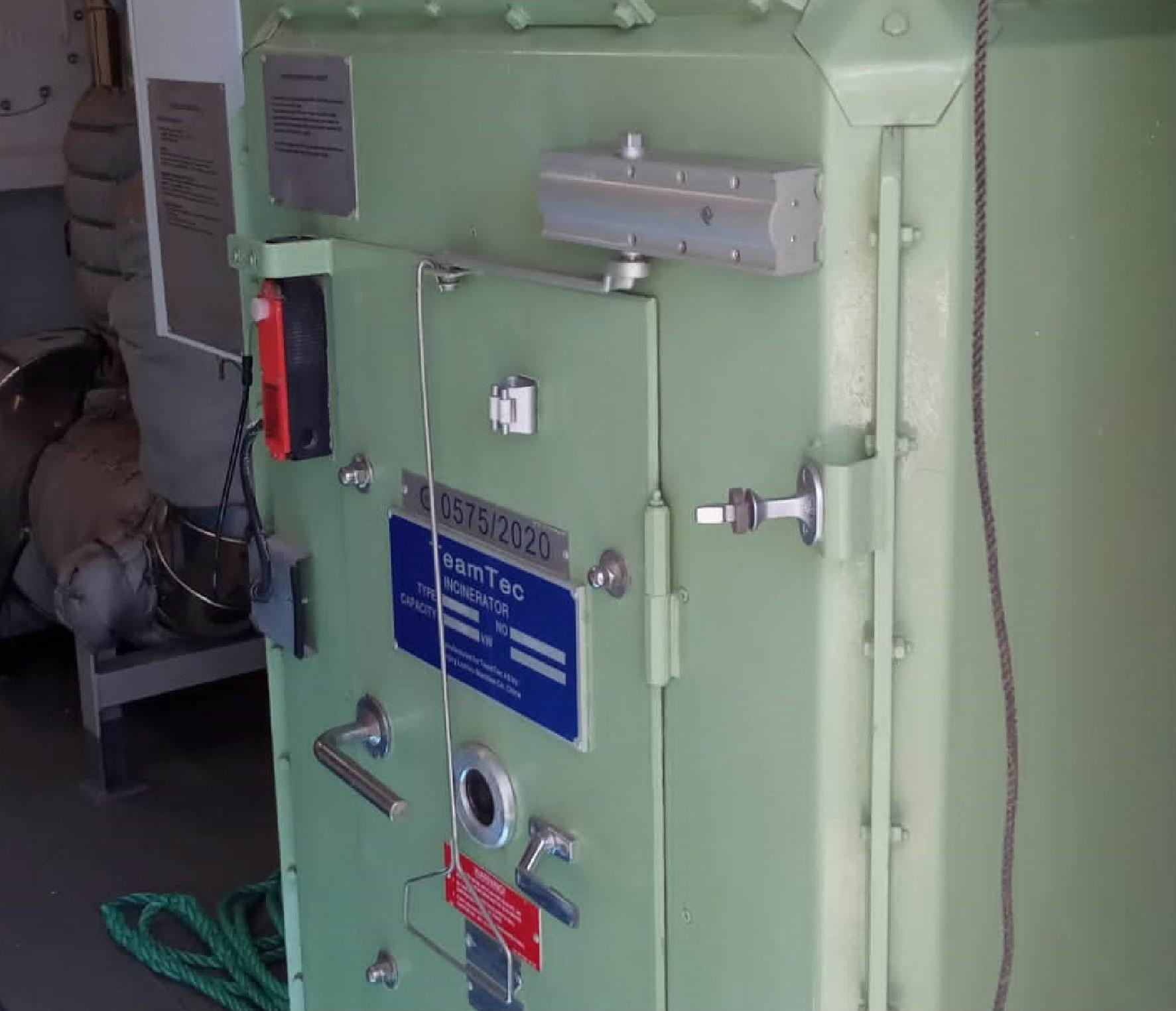
We have replaced polypropylene product sacks with compostable, recyclable product bags. The cartons we use for packaging fish are certified as being from a sustainable source and recyclable.
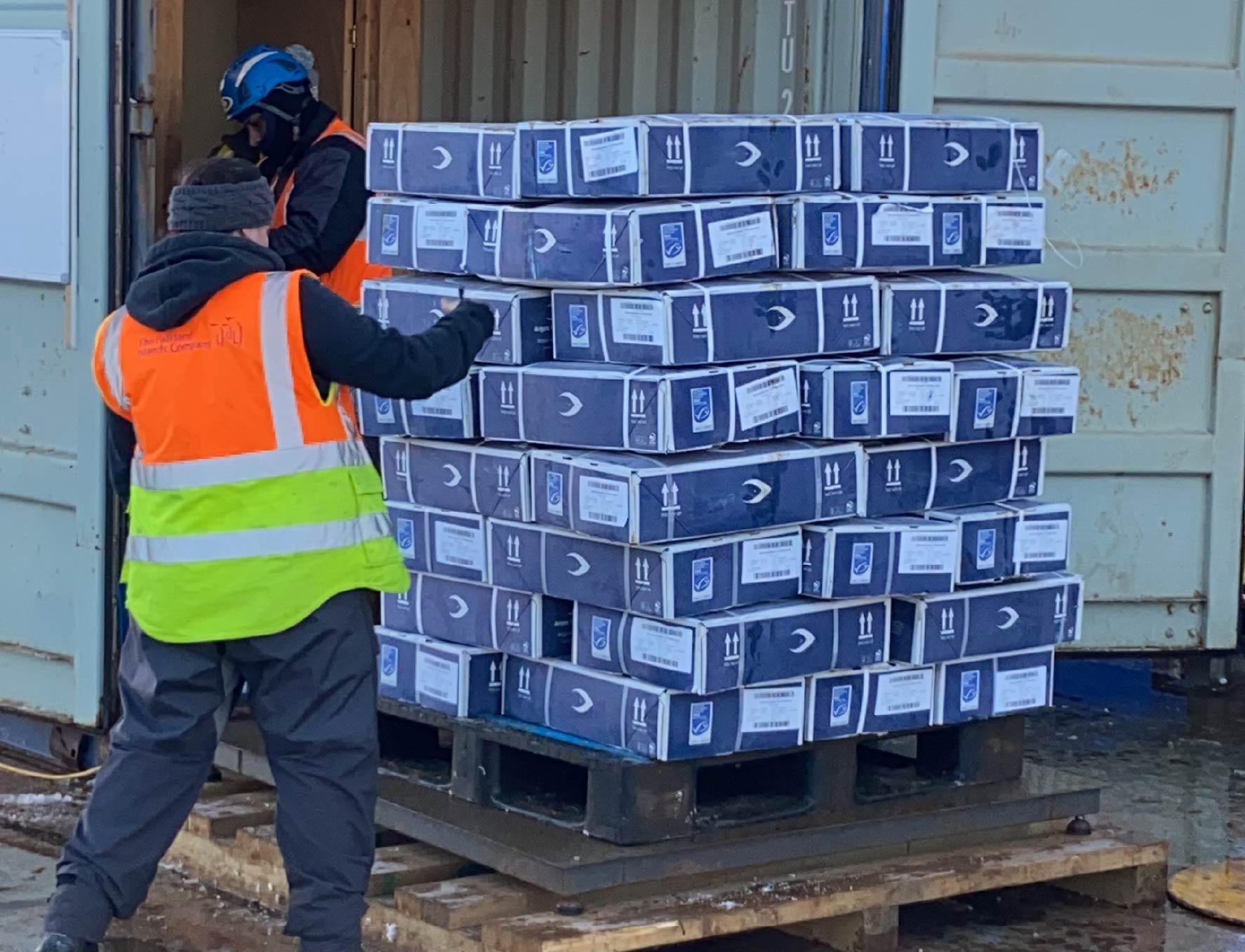
We have reduced the use of chemicals that contain microbeads and we are now working towards being microbead-free. To this end, we have attached filters to all onboard washing machine outlets. The debris they collect is then analysed, to identify the types and quantities of microplastic and microfibres captured.
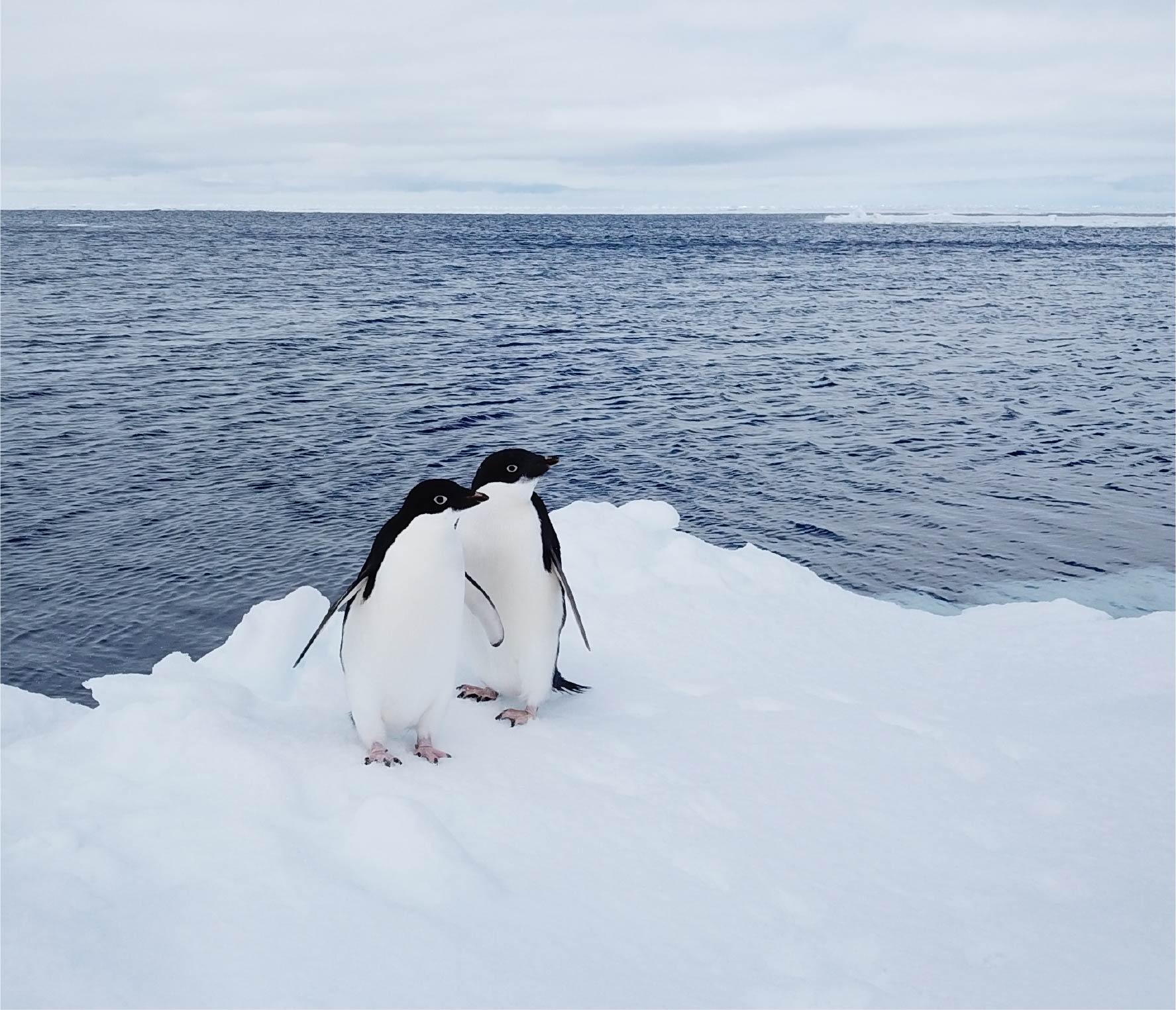
While much is known about the effect of longlining on the fish and bird populations of South Georgia and the Ross Sea – historically little has been done to fully measure the impact on bottom (benthic) communities of flora and fauna.
Over the last 20 years, both fisheries have implemented strict rules to protect the seabed. From a complete ban on bottom trawling and minimum fishing depths (700m in South Georgia and 550m in the Ross Sea) to areas of rare benthic communities closed to fishing completely (92% of the South Georgia Exclusive Economic Zone is now closed to bottom fishing) – we’ve come a long way.
But we’re not stopping there. At Argos Froyanes, we’re conducting extensive research to fully understand the effect our fishing gear has on the seabed and how we can further minimise our impact on the wider ecosystem for years to come.
